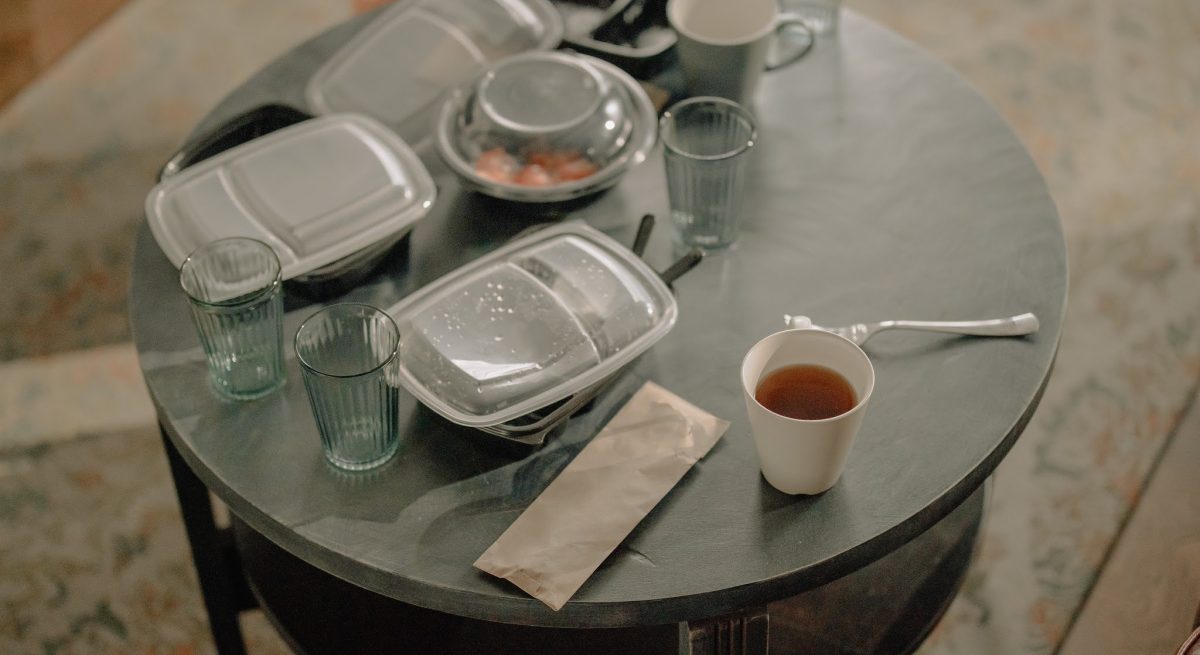Food Costing Tips for Delivery
3 Min Read By Matthew Starobin
Many of you (even before CV-19) broadened your business model to include take-out and delivery.
In the face of the pandemic, it’s no longer a choice.
And none of us really know the lasting power of the changes in the consumer behavior we’re seeing. My guess? Delivery and takeout will be a permanent, expanded segment.
There are many, many considerations for delivery (safety, preparation, logistics, POS, etc.). We are focusing here one essential piece: food costing.
Obviously, you want to offer items that are already popular, are relatively easy to make, and that withstand delivery. But we’re making another suggestion that is more surprising:
Strive to maintain margin dollars
Notice we’re not saying food cost percentage. The name of the game is margin dollars. This is essential: your ‘delivery’ version of a menu item should create the margin dollars as the ‘to stay’ version. That means essentially ignoring the food cost percentage of delivery items. That’s counter intuitive for many operators and chefs, but we think it’s essential for a successful transition.
We’ll use screen shots of a user’s data from reciProfity, our food costing app. Regardless of your food costing tool, the steps are the same.
Step 1: Cost out your specific delivery inventory items. What does a delivery fork cost?

Do this for all your key delivery packaging items. Also for your delivery provider(s)! This price is obviously not fixed, so simply enter in your most common fee based on the selling price. We used $3.00, based on an average selling price of $10.00.

Next, create a standard deliver recipe. Depending on your model, there may be multiple versions. Here’s an example of one that consists of all the items routinely used for delivery:

We used .3 of a bag, figuring that the average order is for 3 items, and they all fit in one bag. This provides a more accurate cost for the bag usage.
Here’s a signature menu item, pulled pork sandwich (to stay):

- This sandwich includes three sub-recipes (in blue), which all contain other recipes, plus a purchased bun.
- Food cost is $2.69.
- Sells for $8.99 (nearly a 30 percent food cost percentage)
- Contributes $6.30 in margin dollars. That’s the key analytic. We urge you to maintain this contribution amount, so you know that this sandwich has a consistent impact regardless of how it’s sold.
The final step is creating the recipe ‘to go’. This is done with a new recipe that links to the other recipes.

Simply link to the original sandwich, plus the delivery kit recipe. So if you change to another fork, then make that change once to the kit, and it automatically updates all the delivery recipes using that kit. Same with the Pulled Pork Sandwich and its sub-recipes.
The new cost reflects the delivery expenses.
As you change the actual selling price, the food cost % and margin $’s change correspondingly. Normally, the food cost percentage is what drives this decision. But we’re saying that you need to ignore that metric for your delivered items. The goal is to maintain the margin dollars.
Selling this item ‘to go’ for $13.50 maintains the ~$6.30 margin contribution. You can safely ignore the inflated food cost percentage. You don’t deposit margin percentages at the bank, you deposit dollars.
Obviously, there’s art and science to this. You know your market’s price point sensitivities and thresholds. Your mileage may vary, but the goal is simple: maintain margin dollars as best as possible.


